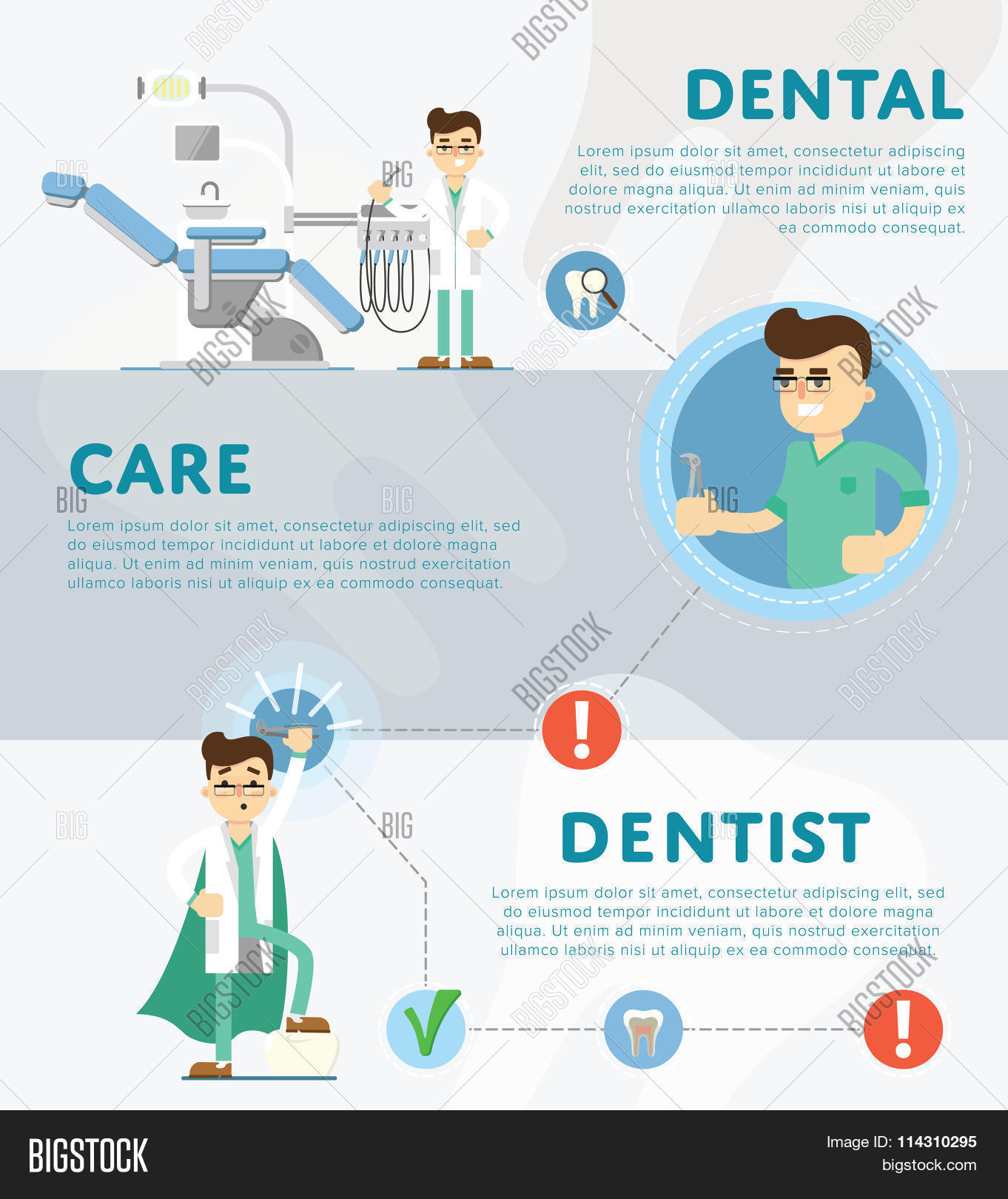The Horizon Of Oral Surgery: Revolutionary Innovations And Enhancements Forming The Occupation
The Horizon Of Oral Surgery: Revolutionary Innovations And Enhancements Forming The Occupation
Blog Article
Web Content Writer-Jama Schultz
Invite to the world of oral surgery, where advancements and developments are forming the future of the field! In this amazing realm, you'll witness the transformative power of robotics, the innovative marvel of 3D printing, and the game-changing impact of minimally intrusive strategies.
The future of dental surgery holds a guarantee of accuracy, effectiveness, and improved patient end results. With the help of sophisticated robotics, cosmetic surgeons are able to carry out intricate treatments with better precision and control.
3D printing technology is transforming the creation of dental implants and prosthetics, using tailored solutions that fit effortlessly into each patient's distinct composition.
Additionally, minimally intrusive strategies are decreasing post-operative discomfort and recovery time, permitting patients to go back to their daily lives sooner.
Prepare to check out the interesting innovations and developments that are reshaping the landscape of dental surgery!
Developments in Robotics
One significant improvement in dental surgery is the use of robotic modern technology, which allows for exact and efficient surgeries. With the help of robot systems, dental doctors have the capacity to do complicated surgeries with boosted accuracy, reducing the risk of human mistake.
These robotic systems are outfitted with sophisticated imaging technology and accurate tools that enable surgeons to browse with elaborate physiological frameworks easily. By using early childhood caries , cosmetic surgeons can attain greater surgical accuracy, resulting in enhanced client results and faster recovery times.
Additionally, using robotics in dental surgery permits minimally invasive procedures, lowering the injury to surrounding cells and promoting faster recovery.
3D Printing in Dental Surgery
To boost the field of dental surgery, you can explore the subtopic of 3D printing in dental surgery. This innovative technology has the prospective to change the way dental specialists operate and treat individuals. Here are https://howmuchdoesimplantscost51728.blog-a-story.com/13615379/gum-economic-downturn-therapy-myths-truths-and-every-little-thing-in-between which 3D printing is forming the area:
- ** Custom-made Surgical Guides **: 3D printing permits the creation of extremely accurate and patient-specific surgical guides, improving the accuracy and performance of procedures.
- ** Implant Prosthetics **: With 3D printing, dental cosmetic surgeons can develop tailored dental implant prosthetics that perfectly fit an individual's one-of-a-kind composition, resulting in much better outcomes and client fulfillment.
- ** Bone Grafting **: 3D printing enables the production of patient-specific bone grafts, decreasing the requirement for standard implanting strategies and improving recovery and recuperation time.
- ** Education and learning and Educating **: 3D printing can be utilized to create sensible medical models for educational functions, permitting oral doctors to practice intricate procedures prior to executing them on individuals.
With https://healthnews.com/family-health/pregnancy/tooth-extraction-and-pregnancy-faq/ to boost precision, personalization, and training, 3D printing is an interesting growth in the field of dental surgery.
Minimally Invasive Strategies
To better advance the area of oral surgery, accept the potential of minimally intrusive methods that can significantly profit both specialists and people alike.
Minimally invasive strategies are revolutionizing the field by decreasing surgical injury, decreasing post-operative pain, and speeding up the recuperation procedure. These techniques include utilizing smaller incisions and specialized instruments to perform procedures with accuracy and performance.
By utilizing advanced imaging technology, such as cone beam calculated tomography (CBCT), specialists can accurately prepare and implement surgical procedures with very little invasiveness.
Furthermore, the use of lasers in dental surgery enables precise tissue cutting and coagulation, causing reduced blood loss and minimized recovery time.
With minimally intrusive methods, clients can experience much faster recuperation, minimized scarring, and improved end results, making it a vital facet of the future of dental surgery.
Conclusion
So, as you can see, the future of oral surgery is incredibly encouraging, with exciting advancements and advances forming the area.
From the innovations in robotics to using 3D printing and minimally intrusive strategies, dental cosmetic surgeons are transforming the means they offer care.
While some may stress over the possible cost associated with these improvements, it is necessary to keep in mind that these innovations ultimately improve client results and reduce recuperation time, making them well worth the investment over time.
